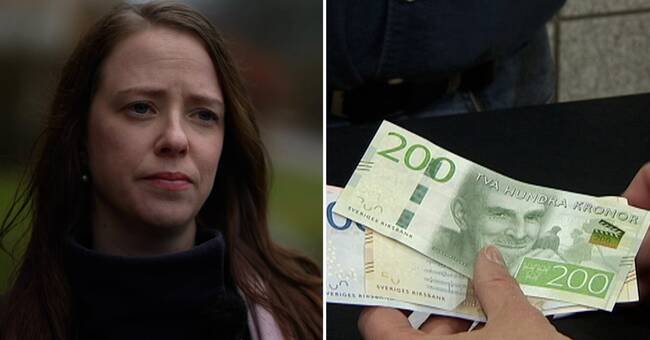After the crisis of the 1990s, a parliamentary majority pushed through a number of strict rules on how the government may handle budget money.
Among other things, the budget must each year, over a business cycle, go with a surplus.
Today, it is about a third percent of GDP.
This gives around SEK 20 billion per year that has been used to pay off the central government debt.
Sweden's central government debt in 2020 was about 26 percent of GDP.
Changed conditions
The agreement on the so-called fiscal policy framework applies until 2026, but now Minister of Finance Magdalena Andersson (S) and Deputy Minister of Finance Åsa Lindhagen (MP) want the goal of a surplus to be abolished earlier because they believe that conditions have changed.
Something they wrote in a debate article in Svenska Dagbladet on Tuesday.
- We are currently in an acute climate crisis and we have a very great need to invest.
We need to restructure the industry so that it is sustainable, we need to invest in the railway, expand the electricity grid and prepare for the climate changes that are taking place.
Then it is not reasonable that we have a requirement that we make a surplus when we have these great needs.
Low government debt
A majority in the Riksdag agreed on the framework precisely so that irresponsible politicians will not squander money that may not exist. What has changed?
- We have one of Europe's lowest government debt and very good finances.
And if we do not make this change that is required, then it will be very, very expensive in the future, says Deputy Minister of Finance Åsa Lindhagen (MP) to SVT.

